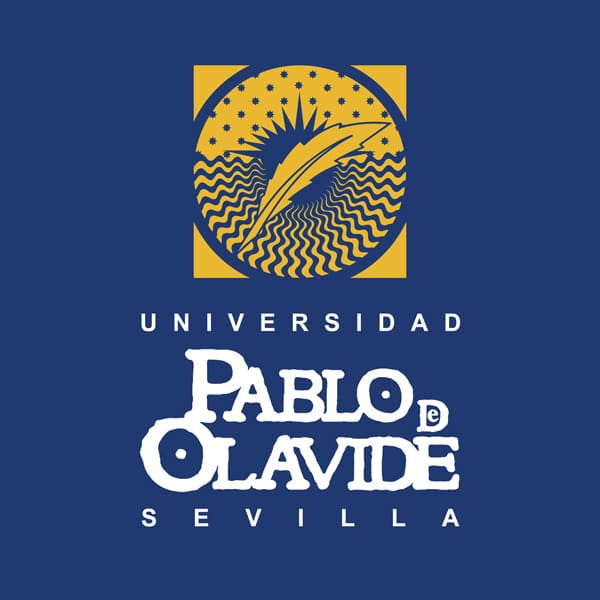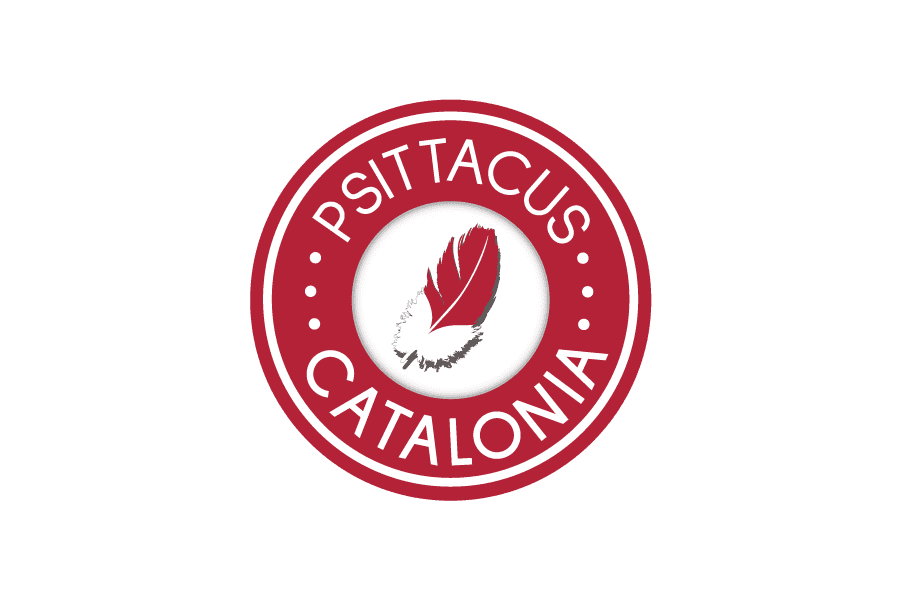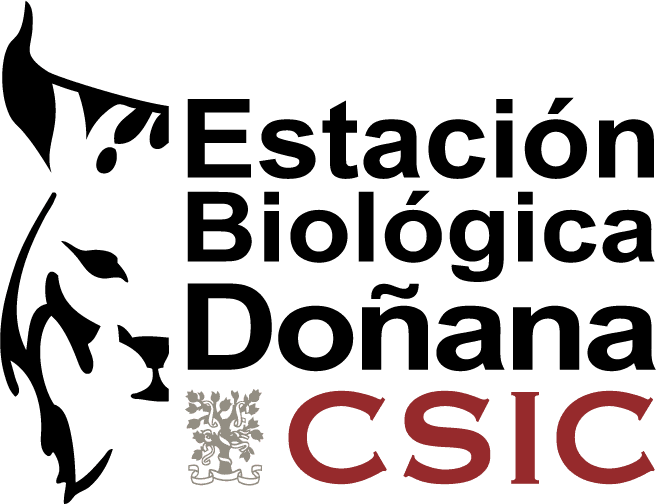Evaluación «in situ» del estatus poblacional del loro gris de cola roja.
ÁMBITO DEL PROYECTO: Medioambiental y de conservación
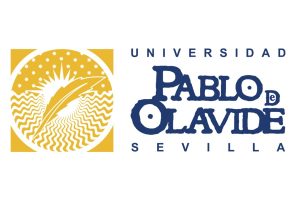
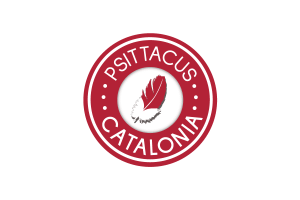
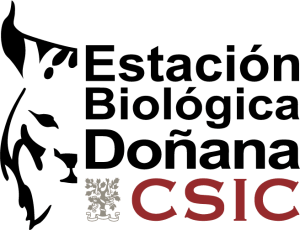
PROYECTO
Abril de 2023
(pendiente)
Abril de 2023
(pendiente)
ESTADO DEL PROYECTO
ESTADO DEL PROYECTO
La situación es especialmente crítica en la República Democrática del Congo, donde se piensa que aún sobreviven algunas de las poblaciones más importantes de esta especie.
Lo cierto es que, a pesar de los esfuerzos de conservación, se desconocen aspectos cruciales de su biología en estado silvestre y la magnitud real de las capturas ilegales que siguen afectando a la especie. Esta falta de información limita la eficacia de las políticas de conservación implementadas.
En este contexto, la Fundación Psittacus ha decidido financiar una expedición científica a la República Democrática del Congo, liderada por dos destacados investigadores de la Estación Biológica de Doñana (CSIC), el Dr. Pedro Romero Vidal y el Dr. José Luis Tella Escobedo, con el objetivo de recopilar información fundamental para la protección del loro gris en su hábitat natural.
- Evaluar el estatus poblacional del loro gris de cola roja en áreas clave de la República Democrática del Congo.
- Esclarecer aspectos poco conocidos de la biología de la especie en su hábitat natural, incluyendo su papel ecológico en los ecosistemas de selva tropical.
- Proporcionar recomendaciones para mejorar las estrategias de conservación y asegurar la viabilidad a largo plazo de las poblaciones restantes de la especie.
- Documentar el comercio ilegal de la especie y evaluar la efectividad de las medidas implementadas para contrarrestarlo.
- Evaluar el estatus poblacional del loro gris de cola roja en áreas clave de la República Democrática del Congo.
- Esclarecer aspectos poco conocidos de la biología de la especie en su hábitat natural, incluyendo su papel ecológico en los ecosistemas de selva tropical.
- Proporcionar recomendaciones para mejorar las estrategias de conservación y asegurar la viabilidad a largo plazo de las poblaciones restantes de la especie.
- Documentar el comercio ilegal de la especie y evaluar la efectividad de las medidas implementadas para contrarrestarlo.
- Realizar censos de población en diversas áreas del Congo mediante observación directa y grabaciones acústicas.
- Recopilar información sobre el hábitat, comportamiento y rol ecológico del loro gris, información que es actualmente limitada pero crucial para su conservación.
- Entrevistar a comunidades locales y organizaciones de conservación para entender mejor el alcance de su captura y comercio ilegal.
- Evaluar la efectividad de las políticas de conservación actuales y formular recomendaciones basadas en los datos obtenidos para mejorar las estrategias futuras.
Este proyecto refuerza el compromiso de la Fundación Psittacus con la protección de la biodiversidad y la investigación científica como herramientas clave para garantizar la supervivencia de las especies amenazadas, como el loro gris de cola roja.
Dr. Pedro Romero Vidal. Investigador postdoctoral en la Estación Biológica de Doñana. Su investigación se basa en diversos aspectos relacionados con el comercio ilegal de loros en el Neotrópico, centrándose en los efectos que esta actividad humana tiene sobre uno de los grupos de aves más amenazados a nivel mundial. También aborda otros aspectos ecológicos, manteniendo estas llamativas aves como modelo de estudio, como el impacto que su desaparición puede tener en los ecosistemas por la pérdida de funciones ecológicas, o sus efectos cuando se introducen fuera de sus hábitats nativos.
Dr. José Luis Tella Escobedo. Profesor de investigación en la Estación Biológica de Doñana. El profesor José Luis Tella cuenta con una amplia experiencia en el campo de la biología de la conservación, centrando su estudio en diferentes aspectos de la ecología de las aves. En los últimos años, ha dedicado un esfuerzo importante en intentar comprender la magnitud del comercio ilegal de loros en el Neotrópico y los impactos que esto puede tener para los ecosistemas debido a la pérdida de funciones ecológicas que tiene este grupo de aves.
Expedición RD Congo – Psittacus erithacus
